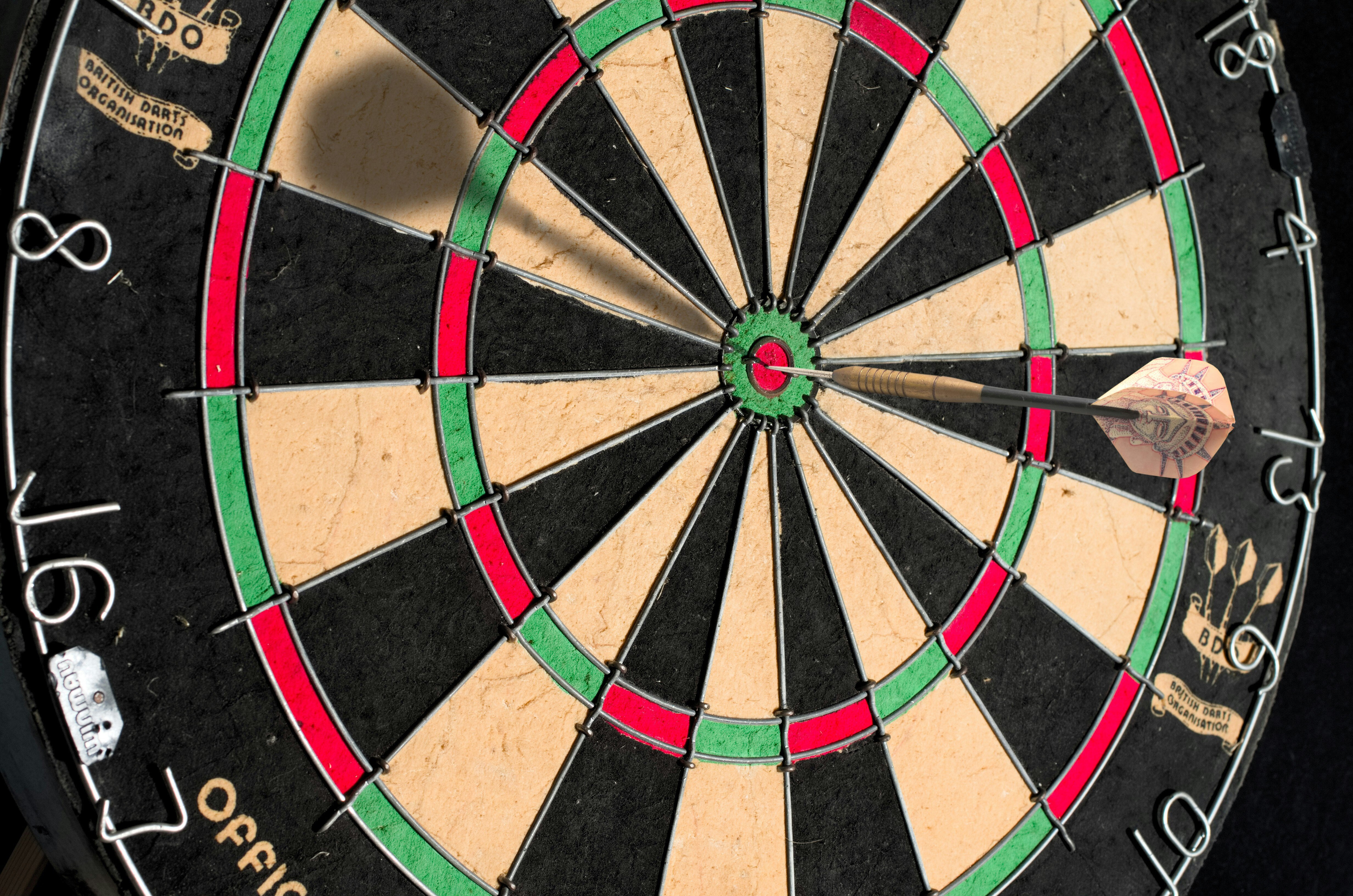August Round-up: Better Meta Targeting, Google Glitch & UX Best Practice
The latest version of our newsletter should have settled in your email inbox, detailing the need-to-know information and must-read thought leadership...
Read moreAfter 25 years in the marketing mix, Display and Programmatic has paved the way for channels such as Paid Search and Paid Social. So, why do you need to include the first digital advertising of its kind into your campaigns?
Display and Programmatic activity doesn’t always have the best reputation. Having been around for over 25 years, these ads are widely accepted as the first digital advertisement, paving the way for Paid Search, Paid Social, video and audio ads to flourish. When we talk about traditional Display and Programmatic, we are referring to banner ads - those that come in a range of static sizes and appear on the side of websites, blogs and news sites.
On average, Display usually assists in 50 to 80% of total Paid sales online, so why does this advertising method have such a bad reputation? It comes down to results, with many brands believing that Display doesn’t more broadly contribute.
One of the biggest misunderstandings is the purpose of Display in marketing and the objectives it should achieve.
As it sits within the performance marketing sphere alongside Paid Search and Paid Social, there is often the assumption that Display will directly drive conversions, from a last click perspective, where people see a banner ad and immediately click through to purchase. However, Display activity isn’t often structured this way, so the expectations around the activity need to be different.
Generally, Display activity is structured around the marketing funnel, through the key stages of awareness, consideration and conversion.
The aim is to capture people before or while they are becoming aware of a problem or solution being required, support them while they are researching a product and/or service and then encouraging a conversion. This means that each stage of this funnel needs to have the corresponding audience targeting, objective and KPI, alongside being matched to the creative – which is where dynamic creative optimisation comes in.
For awareness, the KPI should be focused on viewability, impressions and reach, while consideration should be traffic, clicks and CTR. For conversion, this is where conversion rate, revenue and CPA come in. It also means from a reporting perspective, this needs to either be held to the KPIs or the wider impact needs to be considered alongside. By looking not just at a post-click level but also post-view within the corresponding Display platform, this can show part of the journey.
The other part of the journey is in Google Analytics, where we can look at assisted conversions and the conversion journey path, to see the full picture. This information is easy to find, by going into Conversions > Assisted Conversions and then viewing the Channel Groupings over a set date range, but it can help to show the impact that Display has overall.
As consumer journeys are longer and people take more time to make a decision, it’s important to capture them at every stage of their journey. This is where creative can shine, particularly when using dynamic creative optimisation.
Dynamic creative optimisation, or DCO, is a method of programmatic advertising where the ad message being shown is selected in real-time, based on rules and requirements outlined by the advertiser.
The beauty of DCO means you can tweak the creative that shows, based on the following:
The major benefit of DCO is the allowance of hyper-personalisation, which is key in performance marketing when the focus needs to be on showing the right message, to the right person, at the right time.
If we can use the data we have to learn more about what stage of the journey people are in, whether they have started research or are ready to purchase, and we can then match that back with the message we are showing, the likelihood of achieving the objective (either a click-through or a conversion), is on average, between 30% and 60%.
Practical example
Let’s say you are a trainer company and you sell both fashion and sport shoes. Ordinarily, it may be difficult to segment people into either the fashion or sport bucket and that might mean we are showing fashion-based creative to runner or running-based creative to fashionistas.
Sometimes it can seem easy to profile our audience and sometimes not, but ultimately by collecting information on data science, behavioural science and combining with some creativity, this can be applied to our dynamic creative strategy to ensure success.
Step 1: Create buyer personas using behavioural insights
This means profiling the audience of your product and/or service and finding out key elements about them, including:
This can be done both in and outside of a recession, but to learn more about how to profile during a recession, you can read more.
Step 2: Add your creativity to the data
Once you understand more about your audience, the next step is creating the corresponding ads and assets for them. By using what you have researched, you can reference these elements within the ads being produced and can be through editing the following elements:
Step 3: Keep testing and learning
A big part of running DCO is reviewing what’s working and what isn’t and monitoring performance to make further recommendations. By deciding on the KPIs you are attempting to impact through the testing of assets, you can monitor this and see the impact that DCO is having before continuing to make changes. Although we are always working towards an objective, the nature of digital means we can often continue pushing this, so by continuing rounds of testing and learning, you can ensure your Programmatic activity is super-charged to perform.
To summarise, DCO can be a powerful part of your Display and Programmatic activity and using it can reduce the reputation that banner ads traditionally have. By layering data, behavioural science and creativity, it can help take Display to the next level, making it a valuable part of your digital marketing mix.
If you’d like to chat to our experts about Display and Programmatic and how you can use dynamic creative optimisation to supercharge your results, contact us now.
To read more about persona targeting, applied behavioural science and building smarter digital marketing campaigns, read my other articles here.
More articles you might be interested in:

The latest version of our newsletter should have settled in your email inbox, detailing the need-to-know information and must-read thought leadership...
Read more
As the cost of living continues to present challenges for many Brits, an increasing number of families are choosing to holiday within the United...
Read more
Our first curated newsletter has hit inboxes, detailing all of the latest need-to-know information and sharing all the necessary thought leadership...
Read more
Over the past few years, marketing leaders have been gearing up for the inevitable 'Cookieless Future'. Safari was the first to bid farewell to...
Read more.png)
It only seems like yesterday that it was the winter of 2022 and we were balancing Black Friday and the Qatar World Cup. Fast forward to now and we're...
Read more
There are many factors to consider when choosing an automotive dealership, with 53% of customers saying that price determines which dealership they...
Read more
Which UK-based private healthcare providers are running away with their digital presence and who needs a helping hand to take the next step? How is...
Read more.jpg)
How prepared are you for planning & budgeting season? Dave Chaffey shares some of the questions you should ask yourself when planning marketing...
Read more